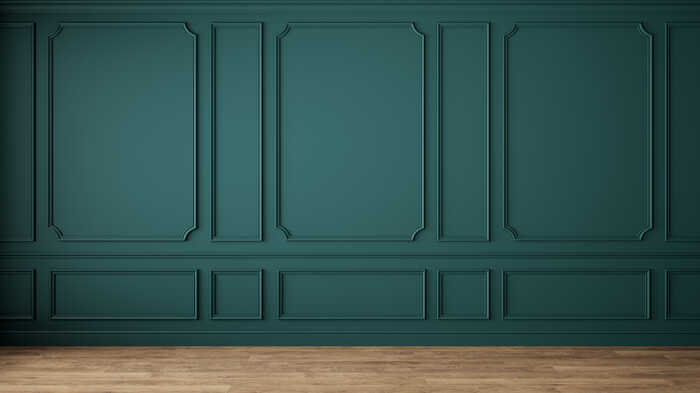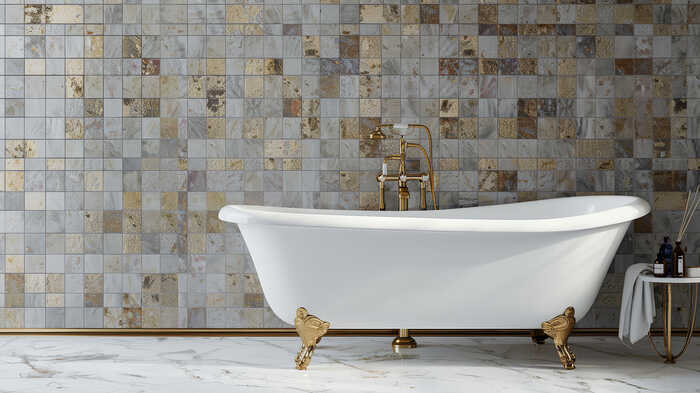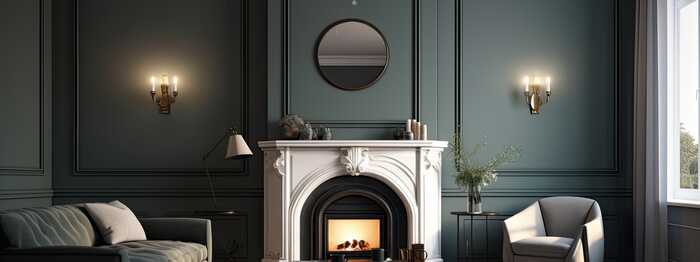Victorian House Interior Design Inspiration
Victorian houses are known for their timeless charm and distinctive architectural details, offering a wealth of inspiration for interior design. When designing the interior of a Victorian house, it's important to highlight the era's key characteristics while incorporating modern functionality for contemporary living. Here are some things to consider when thinking about reviving the interior of your period home.

Highlighting original features for historical authenticity
When working with Victorian houses, one of the most important design and space planning principles is preserving and highlighting original architectural details. Victorian homes often come with features like ornate fireplaces, ceiling roses, intricate cornices, and decorative mouldings. Restoring these features enhances the historical charm of the property. For clients who want to maintain authenticity, carefully refurbishing such elements helps retain the home's architectural integrity. Even if these features have been lost over time, it’s possible to replicate them using materials and designs true to the era.
Maintaining original floor plans where possible helps preserve the grandeur of Victorian design. Many homes from this period feature large rooms with high ceilings, which, with the help of an architectural designer, can be emphasised with proper restoration techniques. The key here is to ensure that while modernising the house for contemporary living, the distinctive historical character is not lost.
Colour palettes that evoke the era
Victorian interiors are renowned for their rich and deep colour schemes. Popular Victorian tones include deep greens, rich burgundies, and dark blues, often used alongside lighter tones to create contrast. While these shades can be dominant, they are balanced with lighter touches in trims, ceilings, or accent walls.
In today’s design practice, consider using modern paint finishes and wallpapers inspired by Victorian designs. Botanical or floral wallpapers that hark back to the period can create focal points in specific rooms. At the same time, more muted versions of these bold colours can be used in modern spaces to bring in natural light, particularly in rooms like kitchens or bathrooms where lighter, fresher aesthetics may be desired.

Choosing furniture that complements Victorian architecture
Victorian furniture is typically known for its ornate craftsmanship, with an emphasis on intricate woodwork, rich upholstery, and grand designs. For modern-day interpretations, blending Victorian antiques with contemporary furniture can create a balanced aesthetic. While authentic pieces may be sourced from antique stores or auction houses, it’s also possible to use contemporary reproductions that echo Victorian design sensibilities.
Creating the right balance between ornate and modern is key. A Victorian-style sofa or a period-specific armchair can serve as centrepieces in living rooms. Placing these focal points against a backdrop of more minimalist furniture ensures that the space remains functional and stylish. For homeowners who appreciate the historical context, custom-built furniture pieces, including hand-carved mantels or bespoke shelving, can elevate the authenticity of the design.
Incorporating texture and warmth with fabrics
Textiles play a crucial role in Victorian interior design, often characterised by heavy curtains, plush upholstery, and detailed rugs. In today’s modern Victorian homes, these textures can be introduced more sparingly while maintaining their aesthetic impact.
To prevent overwhelming the space, balance heavier fabrics with more contemporary materials such as cotton or linen. Heavy velvet drapes, for instance, can be paired with lighter sheers to allow natural light while preserving the historical charm. Richly textured rugs and wall coverings can also add warmth to spaces, helping to create the cosy atmosphere that is often synonymous with Victorian homes.

Bathroom design: classic luxury with a modern twist
Victorian bathrooms offer a perfect opportunity to combine traditional design with contemporary comforts. Clawfoot tubs are quintessential features of the era and remain highly desirable for homeowners seeking a classic look. Paired with brass fixtures, pedestal sinks, and traditional tilework, these elements can recreate the luxury of Victorian bathrooms.
In modern adaptations, underfloor heating, smart mirrors, and high-pressure showers ensure the bathroom is both functional and luxurious. Designers can strike a balance by using period-inspired fixtures while incorporating cutting-edge technology. Restoring original tilework or introducing Victorian-style mosaics provides additional authenticity.
Lighting that blends past and present
Victorian homes often feature dramatic lighting fixtures, such as chandeliers and sconces, which add a sense of opulence to rooms. In a contemporary design, incorporating reproduction Victorian lighting fixtures or modern versions inspired by the period can work wonders. Large, central chandeliers in dining rooms or hallways, for example, create a striking focal point while evoking the grandeur of the past.
For more intimate spaces, period-inspired wall sconces or pendant lights add a touch of luxury while maintaining functionality. Modern lighting techniques, including dimmable LED fixtures or smart lighting solutions, can be integrated to ensure energy efficiency without detracting from the traditional aesthetic. The key is to respect the home's historical context while providing modern convenience.

Curating personal collections for a Victorian touch
The Victorians were known for their passion for collecting, often displaying an array of objects from travels or curiosities. Incorporating personal collections into modern Victorian interiors is a great way to inject personality while paying homage to this tradition. Displaying collections of books, artwork, or antique objects in a thoughtful, organised manner can evoke the Victorian tradition while ensuring the space doesn’t feel cluttered. In larger spaces, gallery walls featuring antique frames and mirrors can further enhance the home’s historical charm, creating a connection between past and present.
How can we help?
The beauty of Victorian house interior design lies in its ability to blend historical elements with modern functionality. By carefully restoring original features, incorporating period-appropriate furniture and textiles, and modernising lighting and bathroom fittings, designers can create spaces that respect the architectural heritage while offering the conveniences of contemporary living.
Through thoughtful design choices, a Victorian home can maintain its timeless charm while becoming a comfortable, functional space for the modern homeowner. If you’d like to find out more about how Maidenhead Planning can meet your Victorian home renovation needs, get in touch today or book a free video consultation.
Posted by Wouter De Jager on August 1st 2024

